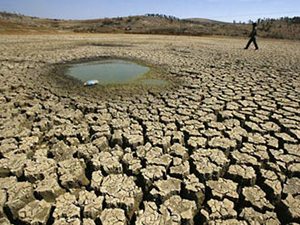
[miningmx.com] – A REPORT by Macquarie Research recently concluded that in the face of what is believed to be the third most potent El Nino weather system in history this summer (or winter, hemisphere depending), some 54% of 100 company shares analysed by the bank would have positively impacted.
Of the balance of the 100 companies analysed, 44% would be negatively impacted with 2% “very negatively” affected by the weather system. Interestingly, some mining companies, such as First Quantum Minerals, would be positively affected as heavy rains were predicted for parts of Zambia where it operates.
Generally speaking, however, El Nino, is expected to bring drier conditions to southern Africa, as well as swathes of Australasia and South East Asia while parts of South America, such as Argentina, become wetter.
In this context, there are some very specific outcomes. For instance, in Australia, insurance stocks do better owing to the higher likelihood of bush fires which is the least costly type of insurance event compared to hail or earthquakes. The loss severity is therefore lower.
In South Africa, however, the threat to business of dry conditions focuses on agriculture and industry, particularly because of the significant amounts of water used by the country’s mining businesses.
Water usage is increasingly becoming a hot potato in places such as the Waterberg in the Limpopo province, as well as North-West province, where many of the platinum and chrome mines operate and the iron ore mines of the Northern Cape province.
According to Matthew Burnell, an attorney with Fasken Martineau, there is specific risk to mining companies because in terms of the National Water Act, the Department of Water, has the ability to restrict water usage even within the confines of an Integrated Water Use Licence, the permit all mining companies must own in order to mine.
Said Burnell: “In these instances, it is up to the DWA to make sure that water resources are not significantly compromised. It can do this by decreasing the water allocation permitted by water users.
“Although a water use licence permits a water user to consume a certain quantity of water, the licence does not guarantee that that quantity of water will be available and generally permits the DWA to reduce the amount of water available to the water user.”
Although this is “a worrying factor” for mining firms, Burnell believed it would encourage mining companies to seek out sustainable water use practices that would exert less strain on the system, and lower consumption costs.








